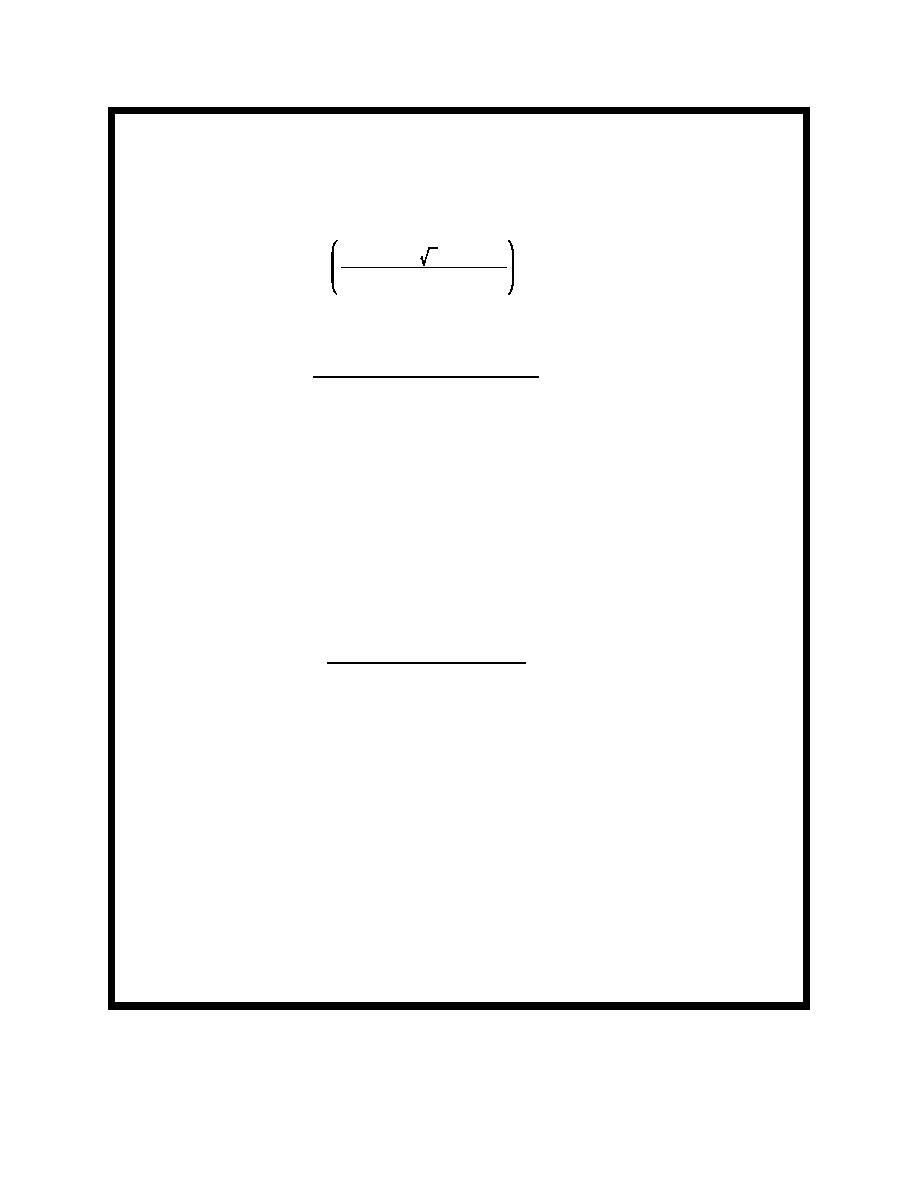
EM 1110-2-1100 (Part III)
30 Apr 02
Example Problem III-2-1 (Concluded)
Using Equation 2-7b with K = 0.23,
ρ g
Hb rms5/2 sin(2αb)
QR ' K
16 κ1/2
(ρs & ρ) (1 & n)
(1025) (9.81)1/2
(2.0)5/2 sin (24.5o)
QR ' 0.23
16 (1) (2650 & 1025) (1 & 0.4)
QR = (0.042 m3/sec) (3600 sec/hr) (24 hr/day)
QR = 3.6 x 103 m3/day (4.7 x 103 yd3/day) using Bailard's methodology.
Using del Valle, Medina, and Losada's relationship (K = 0.12)
(1025) (9.81)1/2
(2.0)5/2 sin (24.5o)
QR ' 0.12
16 (2650 & 1025) (1 & 0.4)
QR = (0.021 m3/sec) (3600 sec/hr) (24 hr/day)
QR = 1.9 x 103 m3/day (2.5 x 103 yd3/day)
It is noted that the estimates of the transport rate developed from the two relationships for K,
Equations 2-8 and 2-10, differ by a factor of almost 1.9. This serves to highlight the uncertainty
associated with selection of the appropriate K coefficient for a given site, and the resulting uncertainty
in the prediction of the longshore transport rate's value. The grain size used in this problem is much
larger than that typically found on U.S. beaches, and the K coefficient found is correspondingly smaller
than that recommended in Shore Protection Manual (1984).
Longshore Sediment Transport
III-2-17


 Previous Page
Previous Page
